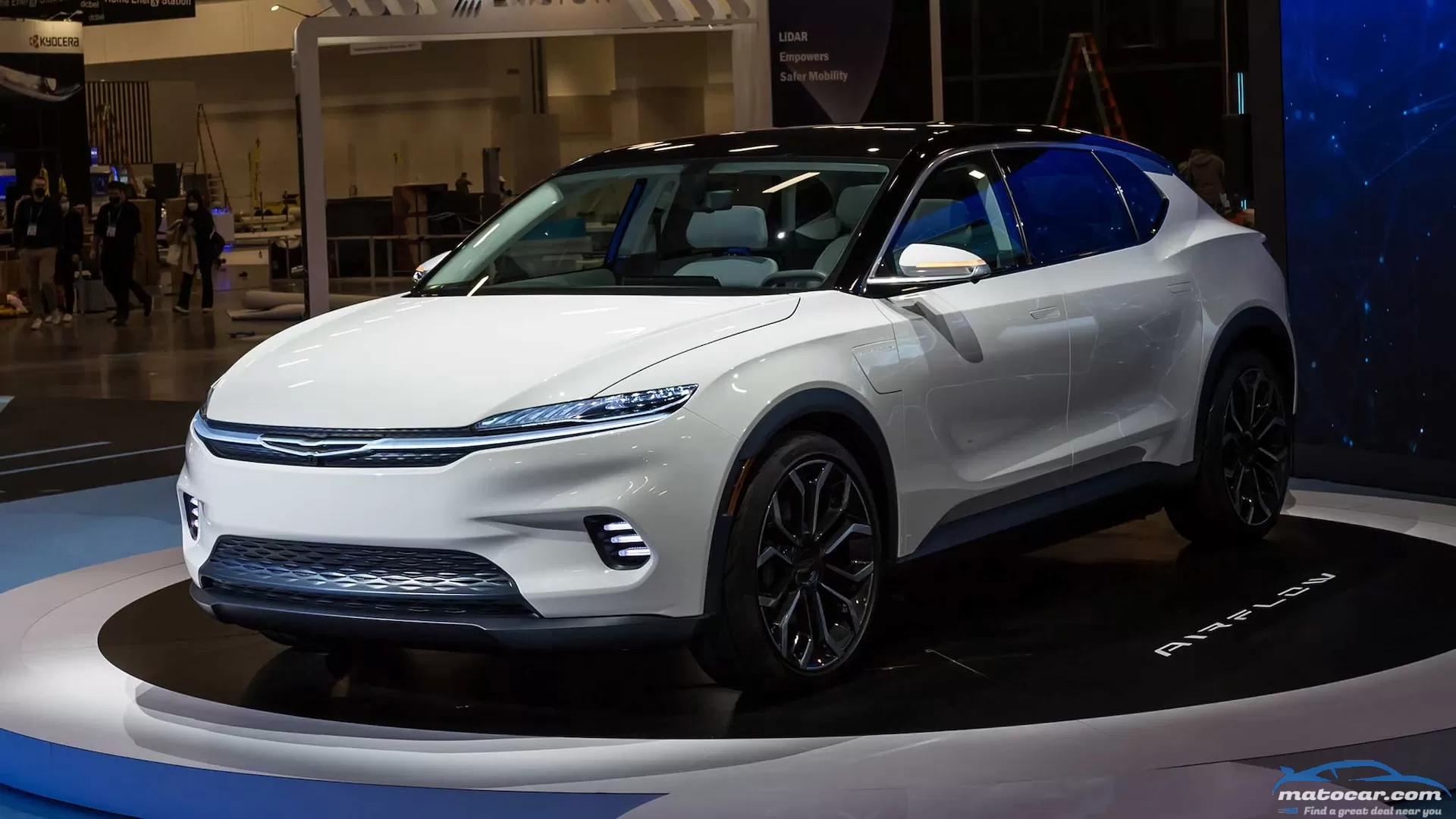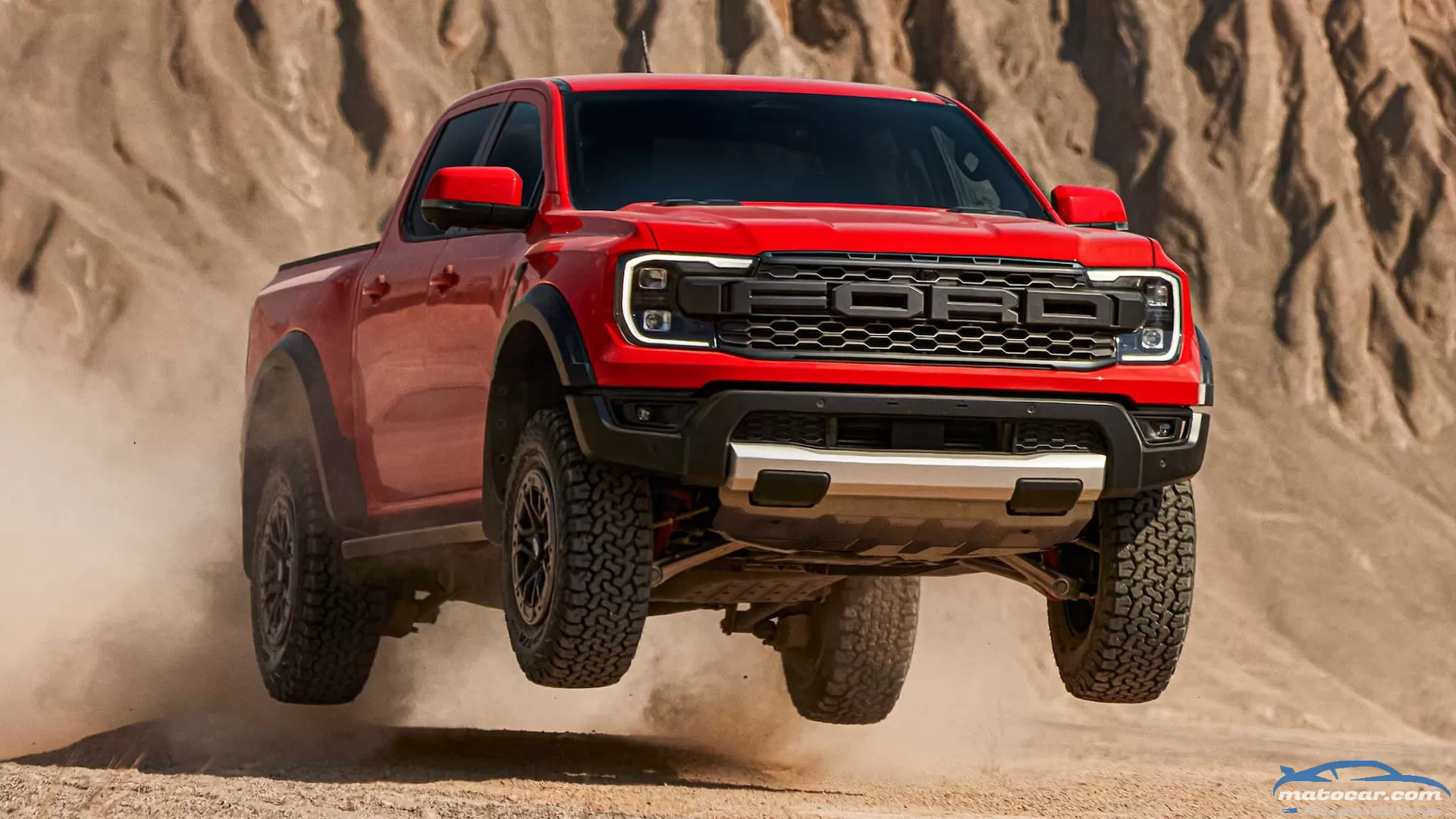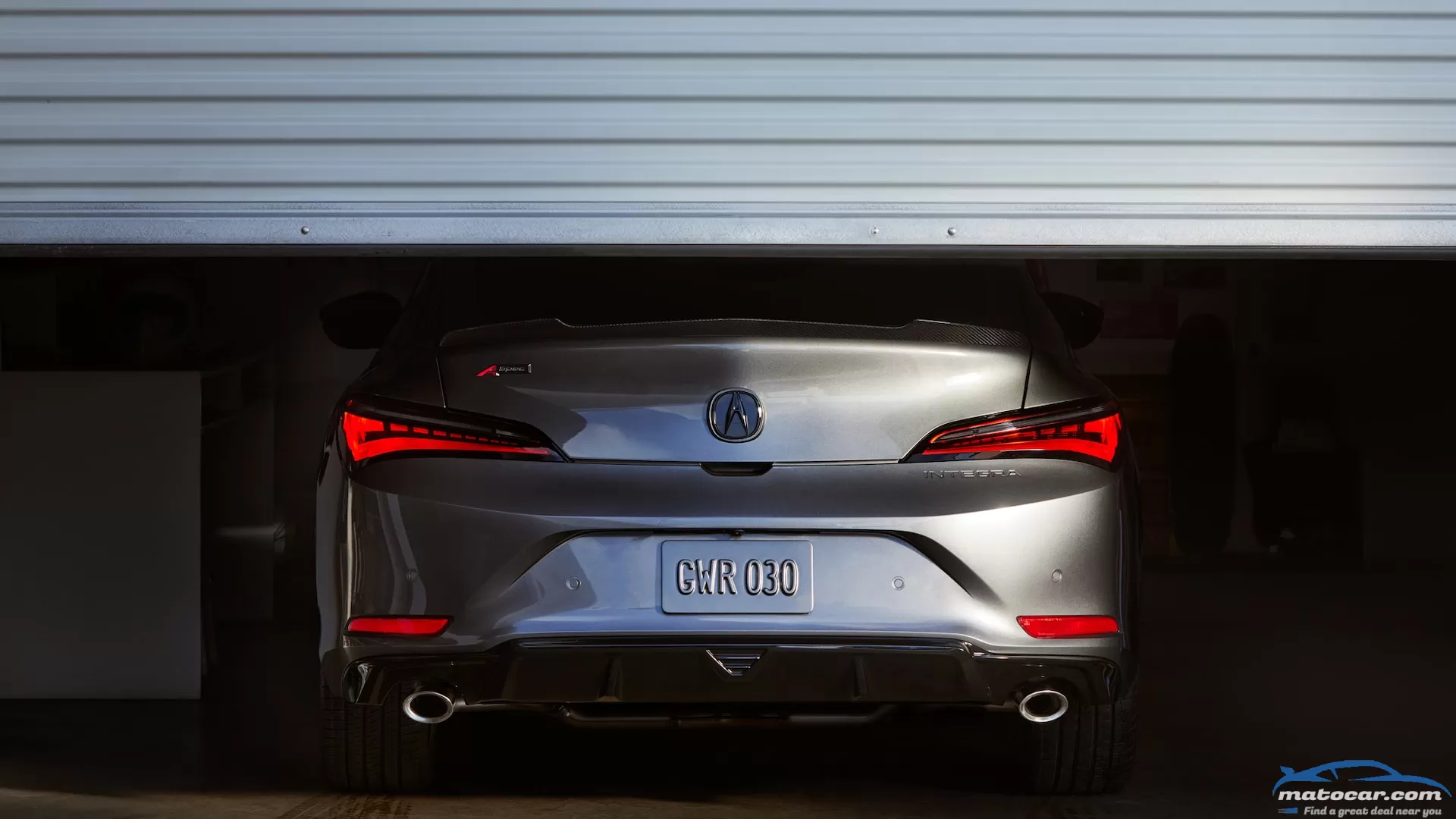Chrysler Airflow Concept Points to Brand’s Role as EV Vanguard for Stellantis

It appears Chrysler has a shiny new future. Analysts and car buyers, if they've been thinking of Chrysler at all, have been wondering what the future would hold for the brand in the post-merger universe (in which the PSA Group and Fiat Chrysler Automobiles formed Stellantis). Its reduced lineup, like that of sister brand Dodge, led some to imagine vultures circling overhead, despite some assurances from execs that the brand would "rebound" in the future. But the Chrysler Airflow concept shows there's some life in the heritage brand yet.
Unveiled at the 2022 CES event, the Chrysler Airflow Concept appears near-production ready, with a feasible crossover SUV shape and fully electric powertrain. However, while Chrysler is using this opportunity to hawk connected features (like OTA updates) and high technology, and the underlying hardware appears likely to hit the road … it won't be for a little while. In the same announcement, Stellantis says its first Chrysler EV won't hit the road until 2025. That vehicle will almost certainly be a production version of this Chrysler Airflow, given its state of development, meaning anyone excited by its appearance will have to wait several years for the opportunity to buy one—while electric crossover rivals like the Nissan Ariya, Hyundai Ioniq 5, Ford Mustang Mach-E, and Toyota bZ4X will have a significant head start.
A little late to the party, the Airflow should have the firepower to compete. The concept (and almost certainly the production version) features two 150-kW electric motors, one at each axle. With EVs, 1+1 does not always equal 2 when it comes to total system output, so don't expect a full 400 horsepower from the dual motor setup. But 375? Sure, that seems reasonable, and puts it right between a regular dual-motor Mach-E and its GT performance version.
The battery size isn't detailed but Chrysler promises 350-400 miles on a single charge, which would put it on the highest echelon of contemporary EV range figures—although who knows where things will be in three years, when the Airflow is likely to arrive. Only the Lucid Air and Tesla's Model S currently meet or exceed those figures, the former pairing serious aerodynamic engineering with a massive 118-kWh battery. Given the name, Chrysler would be smart to lean heavily into the aerodynamic angle.
Speaking of the name, it's an interesting one to revive. The original Chrysler Airflow was an ambitious, streamlined, futuristic … total market flop. Its curved, streamlined front end heralded the future, but the goofy waterfall grille and overall vibe just didn't gel with 1930s car buyers. It's doubtful anyone who isn't in automotive media or history will care, but it's an interesting naming choice.
Inside the Airflow, Chrysler crows about the passenger experience, including the STLA SmartCockpit we told you about earlier. Stellantis isn't wrong about a change in emphasis from the raw hardware to the total ownership experience, especially as driver assistance systems become more capable and the relationship between vehicle and driver changes. Speaking of which, Chrysler will include its STLA AutoDrive Level 3 driver assistance system, which should gain capabilities in the future via OTA updates.
Back to the future, let's talk about 2028: that's the date by which Chrysler promises a fully electric slate of vehicles. Remember, Chrysler sells just two vehicles to the general public today: the Pacifica and the 300—the Voyager variant of the Pacifica is now fleet-only, and, well, it's basically only a low-spec Pacifica anyway, not a standalone vehicle. The 300 is almost certainly a dead car walking, given that its Dodge platform-mates have been given termination notices; 2024 is the year that the Challenger and Charger will die in, with replacements confirmed … but as what, is unclear. And the impressive Pacifica Hybrid adequately future-proofs the minivan line, for a while.
A new EV muscle car for the Dodge brand will be revealed in 2022, and it's not outside the realm of possibility that it'll be heavily related to the Chrysler Airflow. One EV that's comfortable and sleek, another one gruff and outrageous … seems like a healthy two birds, one platform strategy to us. It's been working for Chrysler and Dodge for decades, so it's sound.
Whatever Airflow spawns or inspires, Chrysler says it will lead Stellantis itself into a new era that puts electrification at the fore. The Airflow is undoubtedly important for Stellantis in America, where it is now lagging on EVs, but the way it evolves what the Chrysler brand stands for—and the influence it has on the brand's future product—will be incredibly important. The entire industry is at a crossroads, and Airflow is Chrysler's way forward.
You may also like
Ever since the current-generation Ford Ranger landed on these shores—finally—a few years back, we've been looking abroad with some envy at the Ranger Raptor offered globally with swollen fenders, big ground clearance, and a twin-turbocharged Diesel engine with a stinking 369 lb-ft of torque. Anyone holding out hope for that particular Ranger Raptor, we're sorry—it's not coming, and it never will. But there's great news for you: the next one is. The 2023 Ford Ranger Raptor isn't only better than that old truck, it's also coming to America. And wait until you get a load of its specs.For one, that 2.0-liter turbocharged I-4 diesel is gone, and in its place is a 3.0-liter, twin-turbo V-6 worked over by Ford Performance and producing 284 horsepower and 362 lb-ft of twist. That's down a few lb-ft, but ups whopping 74 horsepower over the old truck. This performance engine features an anti-lag system similar to what is fitted to the Euro-market Focus ST. Power is channeled through Ford's familiar 10-speed automatic and a full-time four-wheel-drive system that features a two-speed transfer case. The off-road hardware is impressive. Requisite front and rear diff lockers are present, and there is a full complement of selectable terrain modes, including Baja mode for high-speed desert rips. Speaking of, the chassis has been reinforced in all the expected ways to cope with the severe stresses on the suspension of, say, hitting a medium-sized rock at 60 mph on the playa. That means that the suspension mounts are all beefed up, and some parts of the frame around the bed and spare tire well. You can see all the reinforcements in the image below, and they're not dissimilar from those in the 2022 Ford Bronco Raptor, which utilizes a similar frame.The suspension itself consists of beefy aluminum control arms up front, and a live axle with a Watt's linkage out back. Ford returned to Fox to swipe 2.5-inch Live Valve internal bypass shock absorbers to deal with wheel oscillation punishment. (Interestingly, these units are of a smaller diameter than the 3.1-inch units in the Bronco Raptor.) Ford claims that the Teflon-infused oil inside these revised shocks reduces friction—and performance-robbing heat—by 50 percent. Ford also promises better on-road comfort than the previous model. A Bottom-Out Control feature provides more damping force in the last quarter of the shock's travel, to prevent spine-rearranging slaps on the bump stops. There is some serious armor under this truck. 2.3mm steel plates protect vulnerable points underneath the front of the truck, and also protrude out from the bumper giving the truck a stylish underbite. The radiator, steering, engine sump, and differential are all protected. Most importantly, the new Ranger Raptor manages to keep the handsome, Maverick-influenced look of the "regular" next-gen Ranger intact while adding a serious dose of adrenaline. Remember, the current-gen Ranger wasn't initially designed for the American market—it was adapted after the fact from a global-market truck. And it shows. The new Ranger is a true global product, one designed with the U.S. in mind from the get-go, and we think the new Ranger Raptor shows that there was some serious forethought that went into ensuring it'd appeal to buyers on both sides of the pond—buyers that have very different conceptions of what a pickup should be. The elements you'd expect are all present—big fenders with black arch extensions, a grille with a "FORD" logo you could see from space, hood and fender blisters, and a rugged rear end with tucked up twin-exit exhausts. The loop and side rails on the bed look to us to be more of a Euro-market styling element, but perhaps that will come to us, too.The interior is much more modern than our Ranger, and obviously is very similar to the global Ranger we saw last year, with the expected Raptor touches—bright Code Orange accents, a sporty steering wheel, and bolstered sport seats.This is a good time to mention that you're looking at the ROW version, specifically the U.K. market version. Don't be surprised if there are minor variations in the American-market truck—head- and tail lamps and bumpers are often different in different markets. But it's a very close preview of what we will get, that has been loudly confirmed to the world by Ford—an American-market Ford Ranger Raptor, designed from the ground up with us in mind. That's something worth getting very excited about.
If you were to find yourself beneath a new 2023 Acura Integra—or the mechanically related Honda Civic Si—we sure hope it's not because you were just run over. In that case, you might have more pressing things to worry about than the odd routing of the dual exhausts under the back bumper. But, hey, pretend you're on the ground, under an Acura or a Honda, wondering why there are pipes aft of the exhaust outlets shapes like curly fries. We were similarly curious (having put ourselves on the ground, under an Acura Integra, on purpose) and did some digging with Acura for answers.What Does a Normal Exhaust Look Like?Normally, exhaust piping follows relatively straightforward routes from the engine to wherever the gases are intended to exit—usually the car's rear end. This typically manifests as straight-as-possible piping leading from the headers, which collect gases from each of the engine's cylinders in individual pipes and merge them into one or two outlets that flow into a catalytic converter, to a series of resonators (for shaping or quieting the noise) and mufflers and, finally, the tailpipes.There are a few bends here and there, mostly so the piping can clear things like the rear suspension, the fuel tank, or other obstacles, but conventional wisdom holds that they don't double back on themselves or otherwise make any unnecessary trips side-to-side.How the Acura Integra's Exhaust LooksThe Integra's post-cat piping (aft of the catalytic converters) is a bit different. As we mentioned previously, this setup is nearly identical on the Honda Civic Si, which shares a platform, engine, transmission, and general layout with the new Integra. While the piping follows a relatively traditional central pathway rearward, toward the back of the Integra, via a small tunnel, upon reaching the rear axle area, it splits into a T-shape, with one pipe turning to the right and another to the left.These two pipes bend slightly rearward and lead to small resonators, one per side, before taking a 120-ish-degree bend toward the vehicle centerline, followed by another (by which point the pipes are now flowing toward the front of the car), followed by another bend that points the piping back to the side of the car, and finally a gentler 60-ish-degree bend that spits the exhaust straight back, out from beneath the Integra's rear bumper. Why?According to Honda, those squiggles in each exhaust outlet are, in fact, silencers. They serve essentially the same function as a muffler—Honda calls them "coiled-type silencers"—and their curious shape is highly intentional. While, like everything on a modern vehicle, their shape is somewhat influenced by the allowable space within the bumper and underbody area behind the rear axle, the specific pathway that piping takes plays a crucial role in the surprisingly guttural low-rpm sound the Integra and Civic Si make.By snaking the exhaust piping into that circular route, Honda is lengthening the exhaust pathway, lowering the resonance frequency without using a traditional muffler . Honda engineers tell us that the design as first installed in the Si also emphasizes the 300Hz to 600Hz frequencies "to deliver a more aggressive sound." Skipping the muffler, Honda also was able to achieve that sound with a 27-percent increase in exhaust flow.Good Vibes, Different VolumesThe old Honda Civic Si, you'll recall, featured a central-exit exhaust that spit gases from two tailpipes clustered at the center of the bumper. Compared to the new Si and its Integra sibling, it used two large mufflers in a somewhat unusual configuration: The same central post-cat piping flowed into a T-split, with each pipe flowing into the end of a transversely arranged muffler, one on each side of the car. Gases exited those mufflers about an inch from the inlets, reforming into a T before the piping exited the back of the car.Doing some visual measurements—okay, by the seat of our pants here—the new, muffler-less exhaust setup has more piping. I.e., it's longer, mostly by replacing the old car's length of muffler with pipe, and then spinning that around into loops at each rear corner of the car. It's cool to see the progression of this concept by the engineers, as the new and old setups are clearly somewhat related, only the new version sounds much better, particularly at idle and lower engine speeds. And that's all things being equal, literally. The new and old Si, and by extension, the Integra, utilize the same turbocharged 1.5-liter I-4 engine, and the 11th-generation Civic's platform—again, shared with the Integra—is a modified version of the 10th-gen setup. We didn't note any untoward booming, either, despite the exhaust note being audible in both the Honda and Acura at highway speeds.For higher-rpm duty, Honda and Acura lean on Active Sound Control—in essence, augmented engine noises and, in the Acura, some active sound cancellation via the audio speakers—to amplify good noises and tamp down on less desirable ones. The tuning of these setups are different in each car; the Honda notably amplifies the engine note, more so in its Sport drive mode. In the Acura, we're told that augmentation was turned way down, with the focus pivoted from outright sporty volume to shaping the noises already in play for a more refined effect.Of course, the sounds made by the 2023 Integra or the Honda Civic Si are only small parts of both compact cars' appeal. The Si is clearly sportier than the Integra, with a firmer ride and louder augmented noises and no available automatic transmission (you'll get the best-shifting six-speed manual available this side of a Porsche and like it), while the Integra delivers most of the Si's athleticism with greater overall comfort, refinement, and richer features. Both are fun to drive, attractive small cars. And owners of either one can blow plenty of hot gas about how weird their exhausts are.
The mighty rose and fell in the auto industry in 2021. A critical shortage of microchips helped determine winners and losers in U.S. sales for the year more than any other factor. Aberration or not, the surprises are worth noting when companies deemed too-big-to-fail fall off their long-held perches and underdogs ascend to new heights.Business publications have splashed plenty of ink in the annual presentation of final U.S. auto sales as another year came to a close. We won't go all corporate and financial here at MotorTrend but there were some unexpected plot twists that deserve to be pointed out—regardless of any asterisks due to chip shortages.Toyota Topples GM For the First TimeThe biggie: after decades of U.S. sale supremacy, Toyota beat General Motors in 2021. GM sold 2.2 million vehicles, but Toyota had about 114,000 more for a total of 2.3 million.Toyota executives were quick to say the lead is not sustainable. GM will be back on top as chip supplies normalize. The semiconductor shortage hurt all automakers, but some were hit harder than others. GM and Ford were among the more heavily pummeled. Toyota was the poster child for how to—almost—survive the chip crisis.Toyota is no stranger to pinchpoints from key parts shortages. After the 2011 Tōhoku earthquake, Toyota put an early warning system in place to monitor its supply chain. The result is that the inventor of the concept of lean manufacturing and just-in-time delivery became a hoarder. Once warned, the Japanese automaker stockpiled chips and was able to keep building and selling vehicles full steam while the competition was playing whack-a-mole in determining which vehicles took priority in receiving chip rations and which plants faced temporary downtime on any given week.As the shortage stretched out and was exacerbated by a fire at the Renesas Electronics chipmaking plant in Japan, and then COVID-19 outbreaks that forced closure of facilities in southeast Asia that test and package chips, Toyota was finally forced to idle some plants. But in the end, Toyota saw 10 percent sales growth in the U.S. in 2021 while GM saw a 13 percent drop because it lost hundreds of thousands of units of production.Hyundai-Kia Leapfrogs Over HondaHyundai-Kia outsold Honda for the first time, moving up to the fifth spot with almost 1.5 million vehicles sold. That was about 22,500 more than Honda. The two brands under the Hyundai Motor Company umbrella continue to be a juggernaut. This one will be interesting to watch in 2022 because the Korean brands show no signs of slowing down and have impressive vehicles hitting the market.The Hyundai group still has work to do to catch Stellantis at just shy of 1.8 million, or Ford at almost 1.9 million.Ford EVs Coming for TeslaFord, which was considered a bit of an EV laggard until fairly recently, ended 2021 in second place when it comes to U.S. sales of electric vehicles. Credit goes to the new Mustang Mach-E; Ford sold more than 27,000 of the electric crossovers.King of the EV castle continued to be Tesla which had a banner year. How banner we don't know exactly as it the automaker does not break out U.S. sales.General Motors was out of the running in 2021, not because of the chip shortage, but because the Chevrolet Bolt was all but sidelined for much of the year by a recall due to risks of fire from bad cells in its batteries and a recommendation to park outside.Ford Mustang vs. Dodge Challenger vs. Chevy CamaroThe muscle car sales wars are legendary, and we never tire of the jostling, even though their makers don't always give them the love they once received.We have a cool toppling this year. The Dodge Challenger actually stole the title in 2021. The coupe is no spring chicken, and this wasn't a chip shortage win. Credit energetic execs behind the Dodge brand who never say die. Efforts to keep the Challenger fresh led to a 3 percent increase in sales, bringing the total to 54,314 muscle cars sold and the highest full-year share ever at 21 percent of the albeit-small segment. (Dodge Charger also grew market share to a career-best 30 percent, more testament to pixie dust being sprinkled liberally over at Dodge).That pushed the Ford Mustang to second place. A 14 percent drop resulted in a final sales tally of 52,414. For the bronze: the Chevy Camaro saw sales plummet almost 27 percent, netting 21,893 sales. The once-mighty Camaro must be missing its long-time engineer: Al "Mr. Camaro" Oppenheiser, who was reassigned to the GMC Hummer EVs and is busy crabwalking and hurtling 9,000 pounds of SUV from 0-60 in 3.0 seconds. It probably doesn't help that today's Camaro doesn't look all that different from the last one, or the one before that...Big Truck WarsNo surprises here: Ford took the title for best-selling truck in the U.S. for the 45th straight year, selling more than 726,000 F-Series. Ram came second at just under 570,000. The Chevrolet Silverado could get a needed boost from the electric version coming—the Chevy came third in 2021 with almost 520,000 U.S. sales.Who said following auto sales isn't fun?




0 Comments